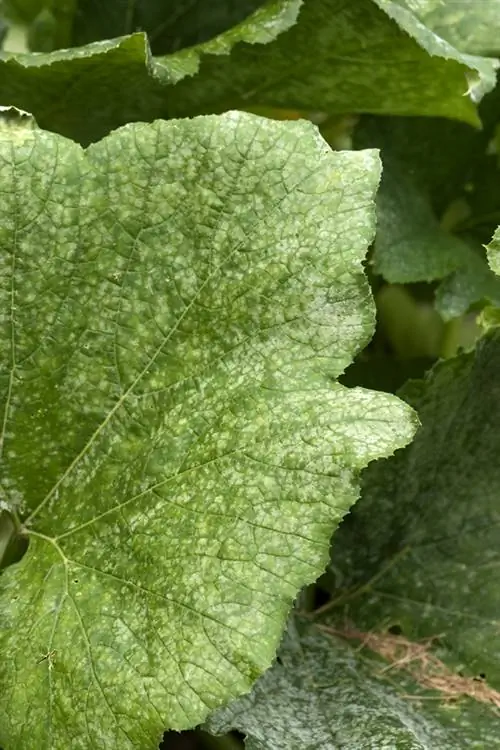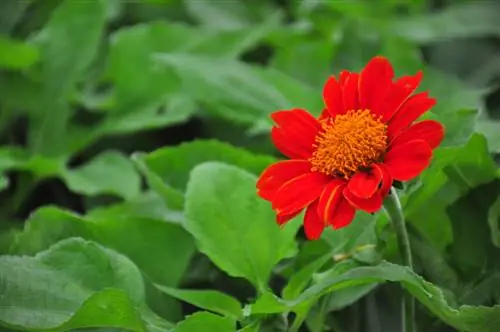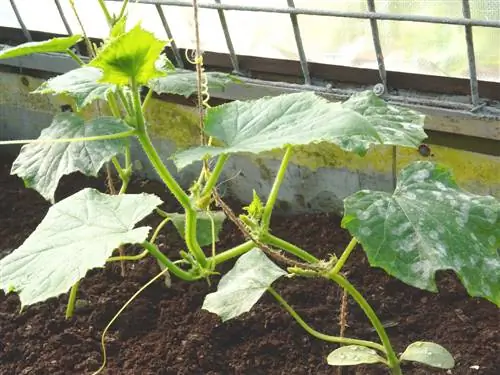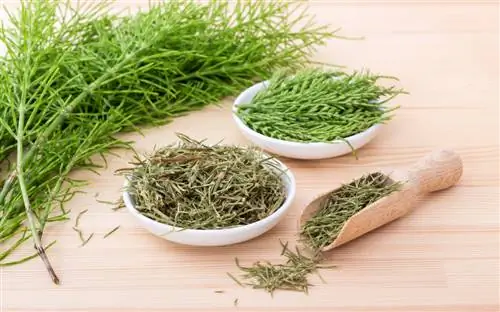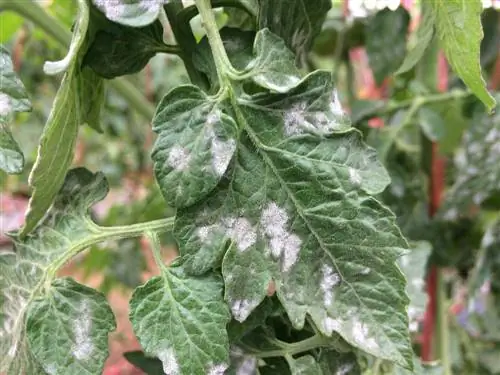- Author admin [email protected].
- Public 2023-12-16 16:46.
- Last modified 2025-01-23 11:21.
Mildew is an uninvited guest that primarily affects roses but also many vegetables. Many gardeners are at war with the annoying parasite and will not shy away from any measure to get rid of the pest. Unfortunately, many people don't think about the consequences of chemical agents. But there is a simple home remedy that gently gets rid of mildew. Buttermilk is an important food not only for human he alth.
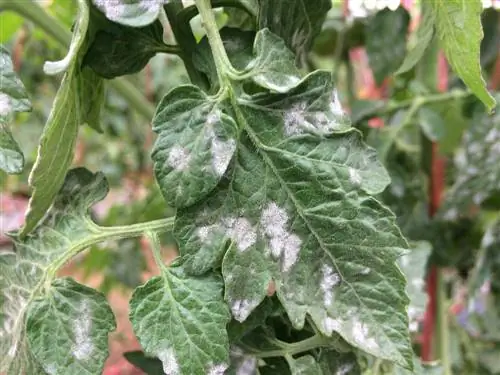
How is buttermilk used against mildew?
Buttermilk helps against powdery mildew because the lactic acid it contains drives away the fungus and strengthens the plant's defenses. Mix 1 part buttermilk with 9 parts water and spray the plants with this solution every ten days to control mildew naturally.
Mildew takes over when exposed to acid
There is a lot of lactic acid in buttermilk, which the fungus that causes mildew is afraid of. This acid has threefold benefits:
- on the one hand it drives the fungus away
- it also strengthens the plant's defenses
- on top of that, it prevents infestation because the fungus is prevented from the start
Make buttermilk mixture
An effective buttermilk solution can be made inexpensively and in a short time. You need:
- Buttermilk
- Water
- a spray bottle
- mix the buttermilk with the water in a ratio of 1:9
- fill the solution into a spray bottle
- spray your plants with the buttermilk mixture every ten days
Tip
No buttermilk in the house? You probably have regular milk on hand. This is just as suitable as long as it is not raw milk. The mildew does not disappear immediately after the first application. With a little patience you can still drive away the pest.
Only helps against powdery mildew
There are two types of mildew, real and false. Unfortunately, the lactic acid in buttermilk only drives away the former. You can recognize it by the white, later brown, film that forms exclusively on the upper side of the leaf. If the underside of the leaf is also affected, it is downy mildew. But don't worry, there are biological applications against this species too, so you don't have to use chemical agents.


